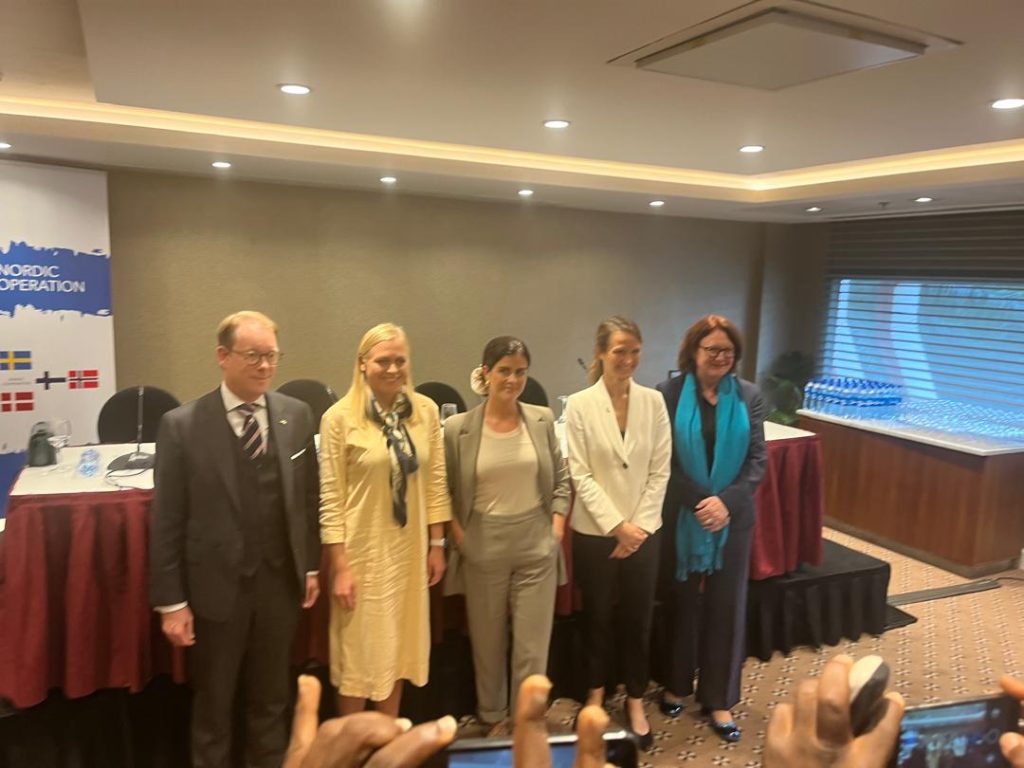By Augustine Wereuche Praise
Qingshan Village is located in the northeast of Huanghu Town, Yuhang District, in Hangzhou City, Zhejiang Province China. Qingshan Village covers an area of 45.6 km2. The village has three medium-sized reservoirs, with approximately 80% of the land area covered by forests. This village has become a popular destination due to its ongoing environmental protection activities and lifestyle improvement policies. It is one of China’s Low Carbon Village pilot programs. Our visit to this awesome village during the summer was both exciting and special.
Upon arrival in the village, we were greeted by a guide, who welcomed us with a smile and took us to the guest reception area. The guide then provide us with a concise overview of the village’s main features, the ongoing activities and the villagers’ intended outcomes. From the information provided by the guide, we got to understand that the village was a pilot project initiated by Zhejiang Province with the idea of achieving a net zero carbon city. The village had previously experienced a significant environmental challenge which impacted the primary source of community water supply. This pollution was caused by the use of fertilizers and pesticides by the local farmers. From 2014 to 2023, the village underwent significant development. Initially, there was a strong emphasis on water and environmental protection. This was followed by the creation of an art and design village. The third stage was characterized by significant government intervention. The government provided funding for the renovation of the village infrastructure and the construction of the public spaces. As a result of these development, the living standard of the village has greatly improved. Additionally, the village has begun to attract tourists and young people from China and abroad.
After the brief introduction, we left the room to visit the Art and Design Library. This material library was a project executed by Chris, a German designer, in collaboration with two other people. The objective of the design team was to foster cultural creativity among the villagers. The library showcased a variety of arts and crafts created using locally sourced materials. The library serves as a platform for integrating indigenous arts and craftsmanship with modern design styles. This activity helps preserve local crafts skills while fostering anenvironment of learning for villagers on how to apply their local craftsmanship with contemporary arts.
Additionally, the library has been observed to attract a diverse range of visitors and design companies to the village. It is a place where you can explore weaving culture, tie- die techniques, and coloring methods, which helps to preserve local craft skills and enhance the livelihood of the villagers.
The design library and other ongoing projects have become a source of interest for young people, while also helping to reduce the rate of constant influx of young people to the city. The library’s collection includes both modern and contemporary art, which helps to ensure the preservation of local artistic traditions.
Following the visit to the library we proceeded to the conflict resolution area. This is where the villagers could sit together to resolve any conflicts or disagreements regarding the maintenance of the village. It is also used as a forum to discuss potential improvements to the village. It helps creates an atmosphere where everyone opinion could be heard; all disputes are said to be settled here. This providesvillagers with a platform actively engage in their community, ensuring they feel valued and protected from external influences.
The next destination was the Qingshan Nature School, which is led by Principal Jill Quan. The school provides education on environmental protection to young people. It also offers a free nature summer camp for children every year, which enabled children to learn about the nature and how important it is to ensure the environment is protected.




Later, we took a short hike to go see the river, The river was the primary source of water for the villagers. It has been under various treatments. The objective is to enhance the water quality of the river, which was previously severely polluted. The contamination is the result of the use of artificial fertilizers and pesticides. Upon arrival, everywhere looked so neat and well organized. The river area has been decorated with artistic paintings and protected with some walls. Some technology effect was also added to the river area. Visitors can scan a QR code and then get a short-animated story of the village history. I found this to be really cool and interesting. There were also some warning signals if one moved too close to the river.
After our visit to the river, we later went back to a place where we were served some native food. We were presented with various kind of dishes. Each did have a unique taste; it truly represented the native culture of the villagers. Afterwards we had a little arts and craft section where we were taught the art of hand fan making using bamboo sticks. The teacher taught us how to carefully arrange the bamboo stick and how to craft them to form a design. It was truly a distinctive experience.
In conclusion my visit to this unique village was not only educative but exciting. I discovered a lot about China than I ever knew, I was particularly impressed by the remarkable transformation of a village into a modern and nature friendly area. The blend of technology and nature in the village was striking, and the commitment to this project was admirable. The village to me was a city well organized and yet in sync with nature.
Praise wrote from Zhejiang University of Science and Technology, China

